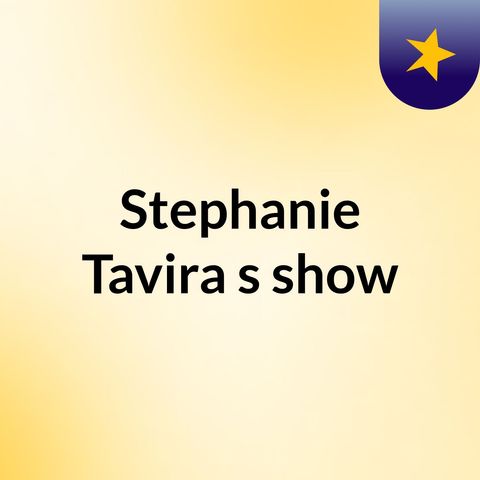Podcast Ch. 17

Download and listen anywhere
Download your favorite episodes and enjoy them, wherever you are! Sign up or log in now to access offline listening.
Nov 30, 2018 ·
4m 17s
The English language was not always the one that we are familiar with to this day. The study of older languages and how they developed into modern languages is known...
show more
The English language was not always the one that we are familiar with to this day. The study of older languages and how they developed into modern languages is known as philology. The study of philology lead to the creation of “family trees” to show how languages were related to one another. In 1786, a British official suggested that languages from different areas have to have a common ancestor. This was revolutionary at the time. The term used to describe the common ancestor was Proto-Indo-European, which is the hypothesized original form of a language that was the source of many languages in India and Europe. This term was established as the great great grandmother of language. According to our text, Indo-European is the family, so to speak, with the largest population and distribution in the world. For example, from Indo-European, comes the Celtic language, which has the Welsh language as well as Gaelic and Irish language. However, Indo-European is not the only one with a large population. According to the text, about thirty language families exist. Our book states that are 7,102 known languages in the world. Our book states that Chinese has the most native speakers, with over 1 billion, while Spanish has over 400 million and English has over 330 million. However, China has different varieties of Chinese which are as diverse as other language families. With a simple glance, one might be confused as to how all these vastly different languages are related. To see the connection, one must look further back into the family history. While it is unlikely that the exact same words will be found throughout all languages, there is a connection there, which is good evidence for the idea of a family connection between languages. This process of establishing a connection between languages using words is referred to as cognate. Cognates are words in different languages that have similar forms and meanings. For example, the german word Mutter and the english word Mother. Using this example, it is easy to see that English and German share a common ancestor. Another example would be the word madre in spanish, which is the same in italian. By using cognates, we can comparative reconstruct what must have been an earlier form in the common ancestral language. Comparative reconstruction is the creation of the original form of an ancestor language on the basis of comparable forms in languages that are descendants. Connected with comparative reconstruction are two principles. The first is the majority principle, which is the basis that the form that occurs more often than any other form in the set of descendant language. The example the book gives is that, if three words begin with a p and one with a b, we can infer that the majority kept the p sound. The second principle is the most natural development principle. This is the choice of older versus newer forms on the basis of commonly observed types of sound change. Comparing cognates is a good way to begin comparative reconstruction. By comparing them, it will be easy to decide what was the form of the initial sound in the original source.
show less
Information
| Author | Stephanie Tavira |
| Website | - |
| Tags |
-
|
Copyright 2024 - Spreaker Inc. an iHeartMedia Company
